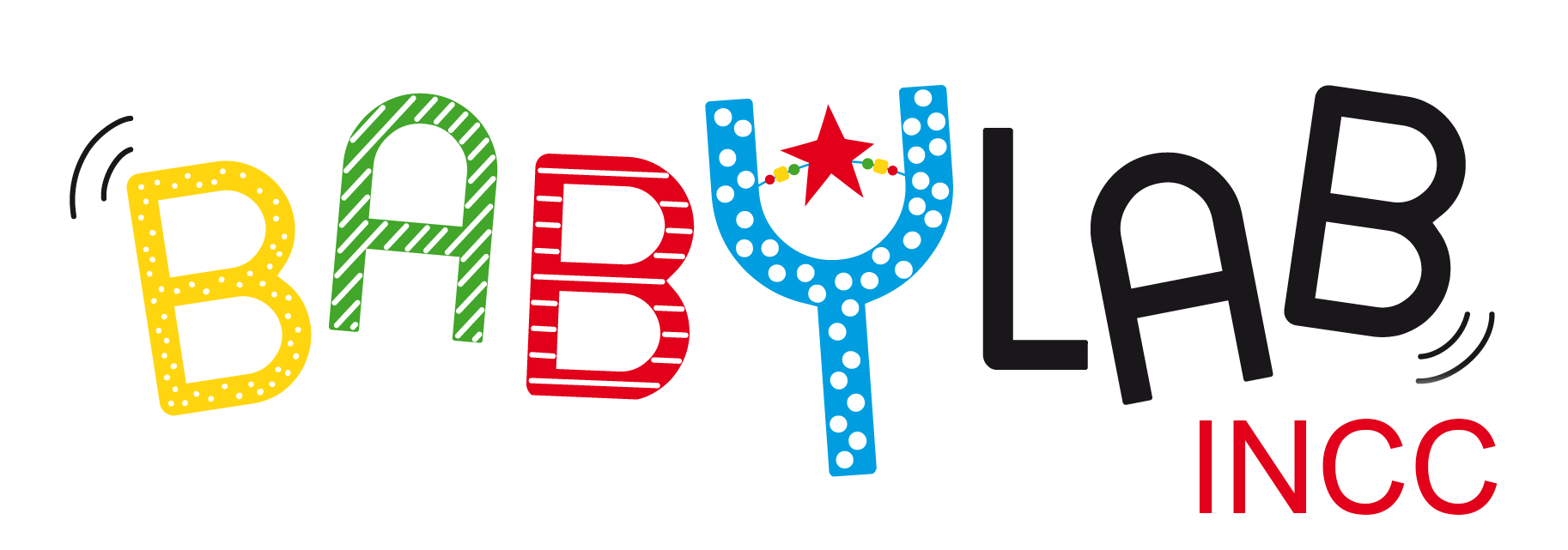Ranka Bijeljac-Babic
Retired Associate Professor – Hosted

Most babies are likely to learn several languages. I am trying to understand how children who are bilingual from birth acquire their two languages. Currently, I study monolingual and bilingual infants’ ability to perceive and produce the accentuation of words in different languages.
Relevant links: Summary of research and recommendations on bilingualism in nursery and elementary schools (in french)
Ongoing project
ManyNumbers – an international project on learning to count and numbers
How do children eventually manage to confer numerical meaning to number words and to counting? In particular, does understanding number words build on the type of early numerical skills observed in infants? These are the questions that this international project seeks to answer.

Project team lead
Véronique Izard
Neural study of bilingual lexicon structure: impact of language distance, word type, and relatedness in the developing brain
Our aim is to investigate lexical-semantic organisation in bilingual infants, as a lens into the internal structure of bilingual lexicon. More specifically, we aim to investigate how lexical-semantic organisation – both thematic and taxonomic – in the bilingual brain is shaped by language distance and cognate status of words.

Project team lead
Pia Rämä
Early speech perception and processing of phonological information in lexical acquisition in French- and Akan-learning infants and toddlers
This cross-linguistic project explores how French and Akan-learning toddlers process phonological information (consonants, vowels, tones) when learning words in their native and non-native languages.

Project team lead
Paul Okyere Omane
Mental Space in Memory through Adversarial Collaboration: Exploring the Origins and the Developmental Course – SPACEODC
Human beings tend to spontaneously use space to think, represent externally (e.g. calendars) and even talk about a variety of non-spatial domains (e.g. time). This ability is functional from birth, how it is modulated throughout the first years of life, what are its behavioral signatures and underlying biases. Finally, we will examine whether, and how, this capacity has an impact on learning in different information domains, from birth to adulthood.

Project team lead
Maria Dolores (Lola) de Hevia
The origins and development of the mental timeline
The ability to represent abstract concepts sets humans apart from all other animals. For example, although we cannot see or touch time, we possess rich temporal representations. What enables this cognitive feat?

Project collaborator
Maria Dolores (Lola) de Hevia
How Domain-general Functions Contribute to the Development of Numerical Competencies – DFCDNC
The project aims at disentangling the differential contribution of domain-general (i.e. inhibition and attention) and domain-specific factors to the development numerical competencies such as mental arithmetic in infancy and childhood.
Geometries Return
Building on a previous ANR project (“Geometries”), this new project aims at characterizing the geometric content of form representations across a variety of formats (2D, 3D), presentation modalities (vision, touch), ages (infants, children, adults), and visual experience (sighted and blind participants).

Project team lead
Véronique Izard
Linking early phonolexical acquisition and later vocabulary development
In this project, we test the proposal that a crucial milestone in language acquisition is reached when infants discover which sounds (consonants versus vowels) are more important at the lexical level in their native language, leading to an acceleration of subsequent vocabulary development.

Project team lead
Thierry Nazzi
Study of Visual Fixation in Neurodevelopmental Disorders
This project will measure visual fixation capabilities in 3 participant populations (Typical Development, Autism Spectrum Disorders, and Cerebral Visual Impairment) to evaluate the prevalence of CVI in the ASD population.

Projet team lead
Sylvie Chokron

Projet team lead
Marie PIeron
Early development of cerebral representations of the body in infants: explorations in neuroimaging and behaviour
The aim of this study is to gain a better understanding of how a baby’s brain perceives and represents different parts of its body in the first few months after birth, using functional magnetic resonance imaging and behavioural assessments.

Project collaborator
Marianne Barbu-Roth
Selected Publications
– Bijeljac-Babic, R. 2019. Développement du langage chez l’enfant monolingue et bilingue. In Le développement du bébé : de la vie foetale à la marche, E. Devouche et J. Provasi, Paris : Elsevier Masson.
– Höhle, B, Bijeljac-Babic, R., Nazzi, T. 2019. Variability and stability in early language acquisition: Comparing monolingual and bilingual infants’ speech perception and word recognition. Bilingualism: Language and Cognition, 1–16.
– Bijeljac-Babic R, Höhle B, Nazzi T. (2016). Early prosodic acquisition in bilingual infants: The case of the perceptual trochaic bias. Frontiers in Psychology, 7, 210.
– Bijeljac-Babic R, Nassurally K, Havy M, Nazzi T. (2009). Infants can rapidly learn words in a foreign language. Infant Behavior and Development, 32, 476-480.
– Höhle B, Bijeljac-Babic R, Herold B, Weissenborn J, Nazzi T. (2009). The development of language specific prosodic preferences during the first half year of life: evidence from German and French. Infant Behavior and Development, 32, 262-274.
